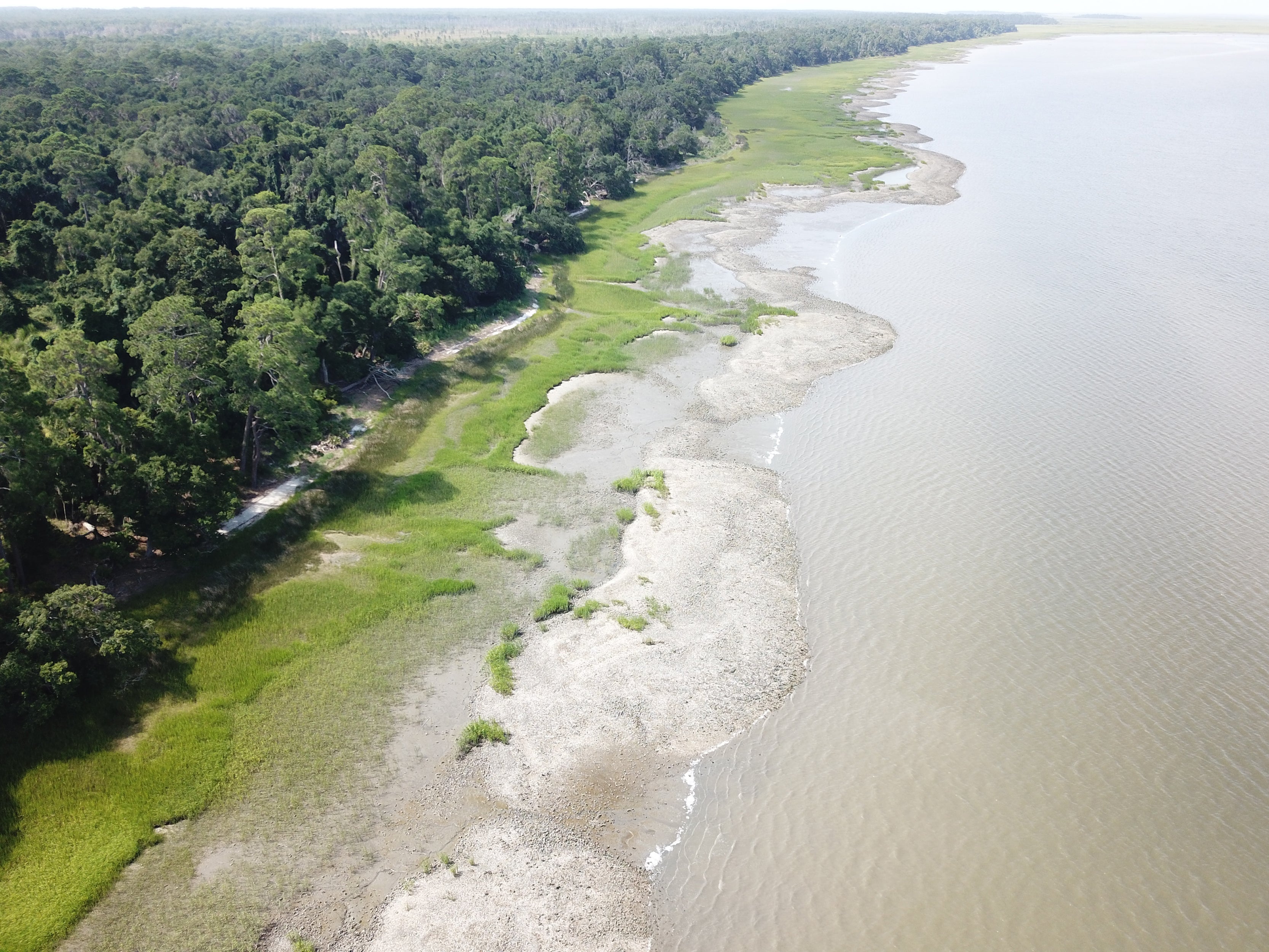[responsivevoice_button rate=”1″ pitch=”1.2″ volume=”0.8″ voice=”US English Female” buttontext=”Story in Audio”]
For Sustainable Oyster Harvesting, Look to Native Americans’ Historical Practices

Oysters once abounded in the estuaries along the eastern coast of the U.S. But overharvesting, pollution and disease have taken a devastating toll on a keystone species. Of the live eastern oyster reefs that existed in Georgia in 1889, for example, only 8 percent remain. Now archaeologists have found that the ancient harvesting practices of Native Americans likely promoted the health of oyster reefs for thousands of years before Europeans arrived. The results, published on Friday in Science Advances, could help inform today’s efforts to restore habitats and harvest oysters sustainably.
For millennia, Atlantic coastal communities, including the ancestors of today’s Muscogee (Creek) Nation, relied on estuaries for food and economic activity. Though few details of their related traditional practices are known today, archaeologists have uncovered numerous trash heaps filled with discarded oyster shells. In a 2016 study of shells from the Chesapeake Bay, researchers found evidence that Native Americans harvested oysters sustainably—and that the reefs’ decline did not begin until the late 1800s. Victor Thompson, an archaeologist at the University of Georgia, wanted to build on this research by studying how reef health varied farther south during different periods of human occupation.
Thompson and his team analyzed more than 37,000 eastern oyster shells from 15 island sites in South Carolina and Georgia. Ten of the sites were from the Late Archaic period (about 2500–1500 B.C.), while the rest dated to the Mississippian period (about 950–1450 A.D.). The size of the shells served as a marker for the reefs’ health (oysters under stress tend to be smaller than those that are thriving).
The team expected the shells’ average size to decrease over time in response to the pressure of continued harvesting. At some sites, this reduction happened. But at most of them, the average size increased over time. Furthermore, the oysters at the Mississippian sites tended to be larger than those at the Late Archaic ones. Taken together, these observations suggested that Native Americans’ harvesting practices contributed to the long-term health of the reefs. The variation in the oysters’ dimensions also offered clues about past societal structures. “It hints at how Native American communities were able to solve all these collective problems that they might have,” Thompson says. “All the resources in the estuary were likely governed by extremely complex social and political rules that were agreed upon and were actually probably to the benefit of all the communities participating in the system.”
For example, the youngest oysters would not be harvested, thus allowing them to grow and reproduce, says zooarchaeologist Elizabeth Reitz of the University of Georgia and the Georgia Museum of Natural History, who studies the historical resilience of the state’s coastal ecosystems but was not involved with the new research. She adds that Native Americans may have also removed dead oysters to give the living more room to grow and employed other techniques to discourage predators, such as snails, from eating the shellfish. “We have a long history of people using these coastal resources successfully,” Reitz says. “Bringing this to resource managers’ attention is really important.” Future archaeological work could provide further evidence of these practices, but the exact details will likely never be recovered.
Still, findings from such studies could also help fill some gaps in the historical maps that resource managers use when deciding where to restore oyster reefs, says Mary Conley, Southeast marine conservation director of the Nature Conservancy. She notes that the current maps tend to date back only 50 or 100 years. Thompson agrees but cautions that “you have to pair that past with what’s going on with the contemporary ecosystem.”
In the coming decades, climate change and overdevelopment present the primary threats to estuaries. And the clock is ticking on archaeologists’ chance to learn from the shells left by Native Americans hundreds or thousands of years ago: Because of rising sea levels and erosion caused by boat traffic, Thompson says, Georgia’s Ossabaw Island is losing 70 centimeters of archaeological sites per day. “There would be features there, and we’d see them one day, come back the next, and they’re gone,” he adds.
Beyond their archaeological significance, these sites hold cultural importance for Muscogee (Creek) Nation citizens, including RaeLynn Butler and Turner Hunt. The nation is now located in Oklahoma, after its ancestors were forced from their lands by the U.S. government in the mid-1800s. “Even though we do not live near oyster habitats anymore and may not have direct knowledge of specific management practices employed [thousands of] years ago, we are still very interested in protecting the cultural sites along the coast,” Butler and Hunt wrote in an e-mail. Butler is the manager of the nation’s Historic and Cultural Preservation Department. Hunt is the department’s archaeological technician.
But even as governments, nonprofit organizations and universities collaborate on reef restoration projects along the Atlantic coast, the voices of descendant communities such as the Muscogee (Creek) Nation tend to be overlooked. Archaeologists, including those in Thompson’s team, have consulted with the nation about their research. But “to our knowledge we have never been consulted or included in any restoration projects,” Butler and Hunt wrote. For them, the new study underscores the need for collaboration between scientists and descendant communities in future conservation efforts. “Our culture provides us a unique and valuable way to view conservation,” they added. “These places don’t just represent biological diversity or a food resource, they represent culture and lifeways of our forbearers.”




























